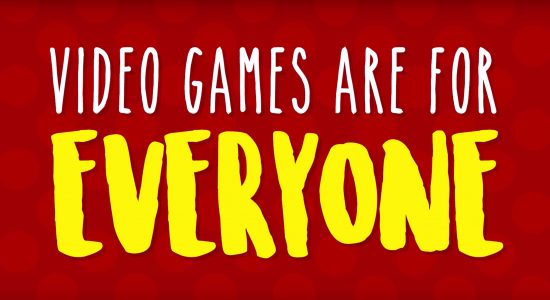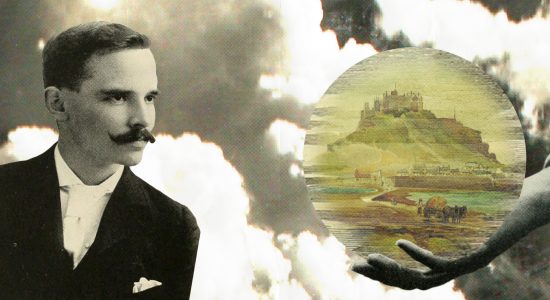How do the Colorblind Think and Talk about Color?
A long time ago I was over for dinner at my grandparents. I was helping my grandfather to set the table and he told me to get the green plates from the cupboard. I grabbed them and put them on the table. My grandmother overheard this from the other room and came in – quite confused – to ask were on earth I got the green plates from. Apparently the green plates were blue.
My grandfather had had this set of plates for many years but never knew or realized they were blue. This might sound weird. How can a man for many years eat from the same plate and never realize that they are in fact not green?
Color is usually a pretty straightforward ordeal. You take a look at the color and without really having to actively think about it you know what color it is. You know the name and where in the color spectrum it resides.
But the colorblind can’t always do this. They have problems naming colors and telling the difference between two or more colors. These problems occur with most of the colors in the spectrum, but especially within their set of problematic colors – governed by the type and severity of their respective colorblindness.
It’s safe to assume my grandfather never really asked himself what color the plates were. He probably had a general idea but he never put a name to it. Only when he actively had to think about the color it became apparent that he was wrong.
The color of asphalt
Some time ago I found a shirt I liked; it was either green or gray. On the price tag, the name was listed as ‘asphalt’. As I was reading it I realized that I had never thought about the actual color of asphalt.
This is not that strange, to the colorblind the name of a color is often irrelevant. They think in groups; blue/green/grey, orange/red/brown, black/green/grey. Naming a color is a frustrating process, prone to mistake. Something can without a doubt be green, but most of the time you really can’t be sure.
Suddenly buying this shirt came to be about one of the great questions of life: what color is asphalt?
There are so many objects which I was certain I knew the color of when someone asked me. The couch in our living room, the hair color of a friend, Luigy from the mario games and our cat.
He really looked green to me, but apparently cats can’t be green. My housemates found this really funny, but how was I supposed to know? No one ever told me. Imagine singing along with a popular song, only to find out that you’ve had the lyrics wrong for as long as you can remember.
This explains why a lot of color blind don’t really ask themselves what color something is. It’s embarrassing and generally not worth the effort.
Not being able to get something right that everyone else seems to just know is a one part of the frustration.
It’s about style and function
Arguably, the colors of the lights on a traffic light are irrelevant. Once you know where the different colored lights are positioned, you’re good.
The red, orange and green are functional. Arguing over wether the green is more ‘grass green’ than ‘xxxx green’ could be interesting, but not necessary if you don’t want to get a traffic violation fine.
But what about the asphalt colored shirt? The name ‘asphalt’ didn’t help me, even though it is a really specific color. I still could not see if it was green or gray.
The name of a color is only one part of the process. You still have to decide if that color fits in an outfit and your general apparel. You have to look at it from different angles, keep it in the light, put it next to another color or try to apply some sort of logic to naming it. And even then you’ll get it wrong.
It’s easier for the colorblind to stick to generalizations and avoid mistakes and embarrassment. “Blueish”, “kind of red”, “green, or grey”.
In the end, is it really that important? My grandfather and I had an understanding; to him the plates seemed green, to me – when he told me to get the green ones – they were green. For the purpose of communication the color served its job. It didn’t matter what color they were as long as I knew which plates to grab.
But what if it would have been my grandmother telling me to get the blue plates that night? We would have eaten from cake plates or soup bowls.
Not everyone is part of this colorful world we all think we live in. Sometimes it’s better to tell someone to get the big plates from the second drawer on the left.


